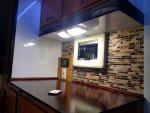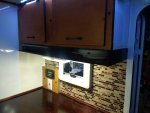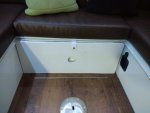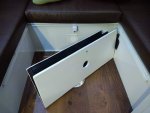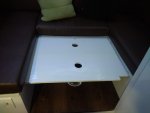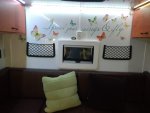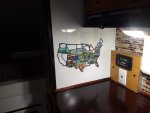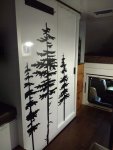While many companies still use it, I would steer you away from wood completely. Modern composite technology is fantastic and it is quite easy to build your own panels if you are a DIY kind of a guy. Wood rots, twists, burns and bugs eat it. You may say, "Psshshhhtt", but go look at an old boat or an Alaskan camper from the 80s or 90s. Most are falling to bits, even when skinned or fiberglassed.
This is where plastics pay dividends. They take 5,000 years to break down in a land fill (don't buy plastic or recycle if you do

. Undesirable for composting, very desirable for the life of an RV.
Many SIP (Structural Insulated Panel) manufacturers use EPS and fiberglass to construct their panels. A SIP (not SIP Panel) has high strength torsionally, in tension and in compression. Fiberglass is readily available in many forms, including sheets if you are not inclined to hassle with wet layup. The key IMO, is the resin. Spring for the good stuff, use less of it. This saves massive amounts of weight on a large structure like a camper box. Bond fiberglass or phenolic sheets to XPS or EPS foam sheets and bond angle iron (alloy or steel) to the edges and corners if you want a bit of easy to install protection. There is nothing to weld, no wood and thus nothing to rot, warp, nail, screw, etc.
Building using this method creates an incredibly lightweight yet strong structure with superb insulating properties (noise and heat). Calculating the weight of the cloth, epoxy resin, and foam core gives you a sub 500 pound lifting roof camper shell that measures 10 feet long and 48" tall when collapsed. An innovative lifting mechanism keeps weight down and that calculation includes two additional layers of cloth on the exterior to tie all of the panels together, negating the need for edge moulding. Wood and steel are your enemies for many reasons and eliminating them would allow you to put your next camper on Weight Watchers.






